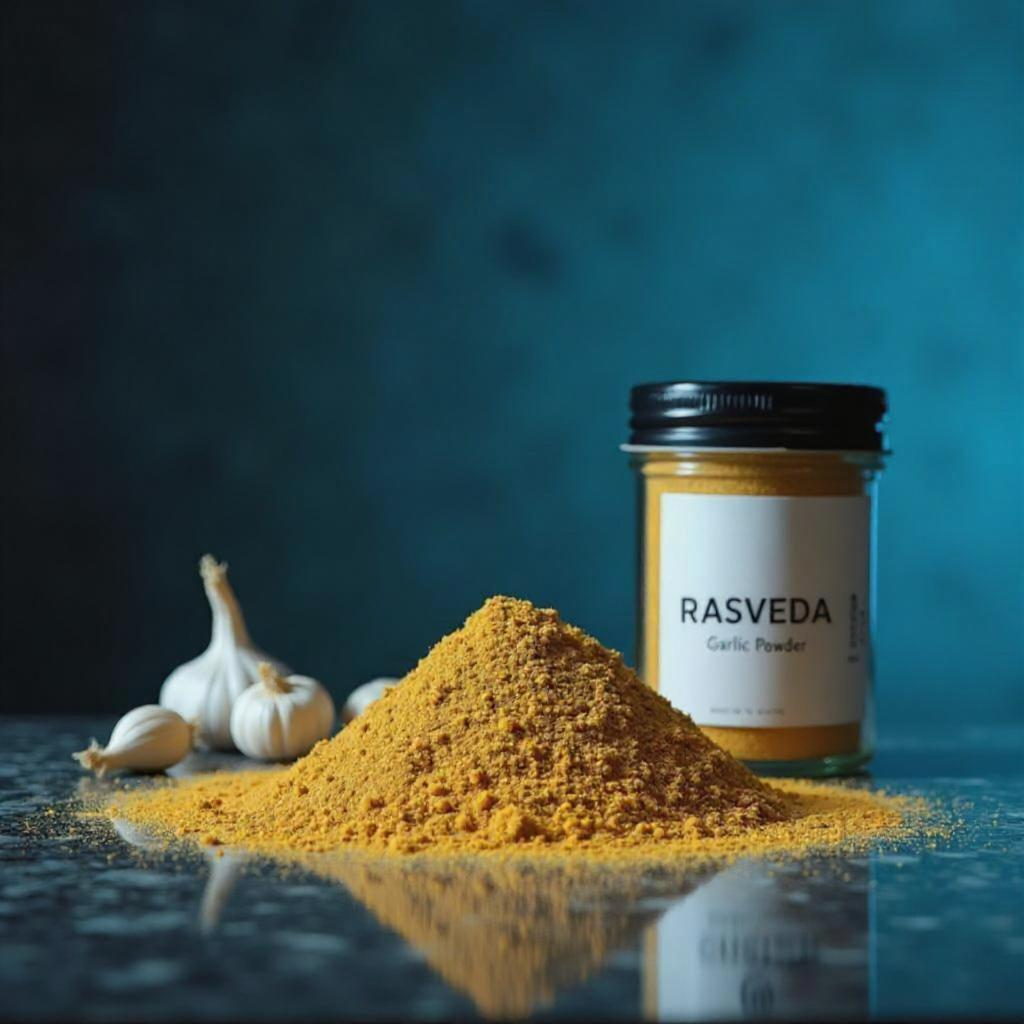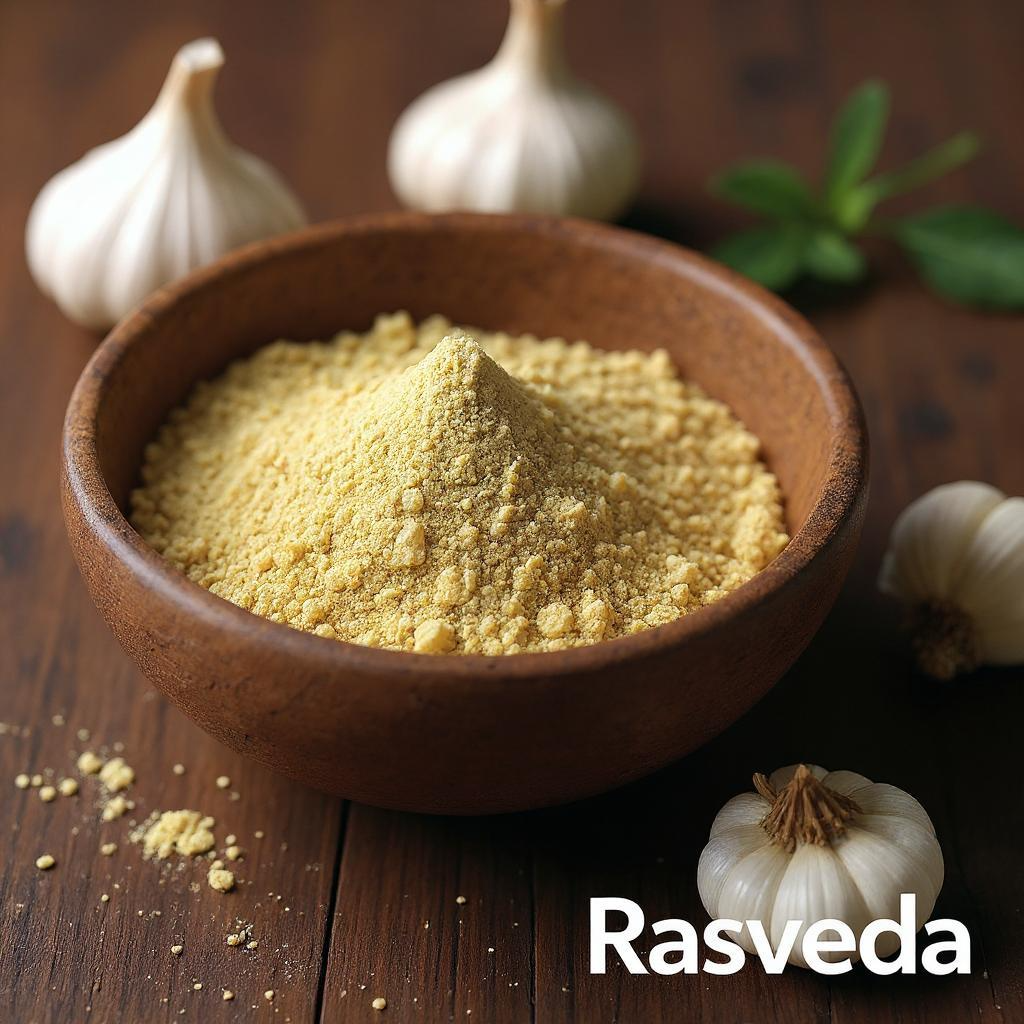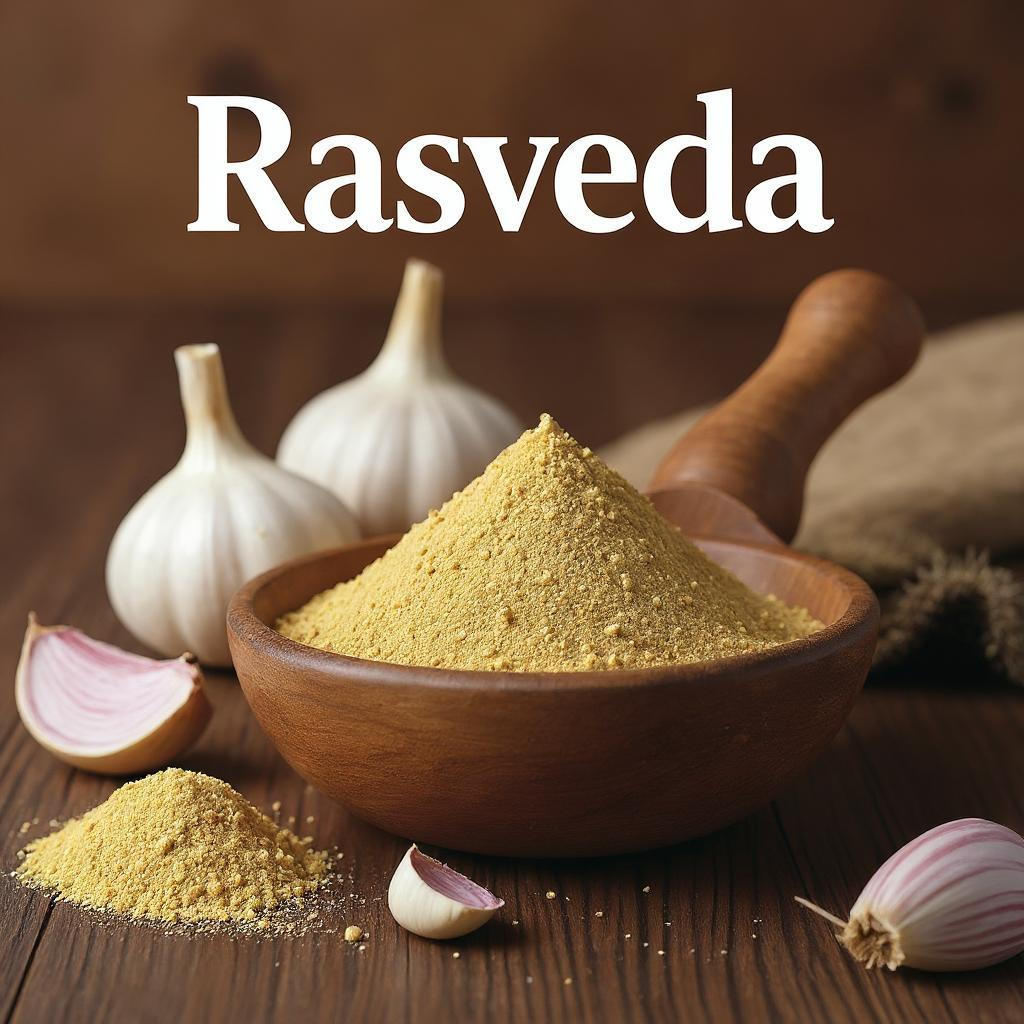Our Spices brand RASVEDA
Ground Spices
Turmeric Powder
Turmeric powder is a bright yellow spice made from the dried and ground root of the Curcuma longa plant, commonly used in cooking, traditional medicine, and skincare. It has a warm, bitter taste and is a key ingredient in many Asian dishes, especially Indian curries. The active compound in turmeric, curcumin, is known for its powerful anti-inflammatory and antioxidant properties. Turmeric powder is also used in Ayurvedic and Chinese medicine for its potential to support digestion, improve liver function, and reduce symptoms of arthritis. In addition to its health benefits, it is valued for its natural color and flavor-enhancing qualities.
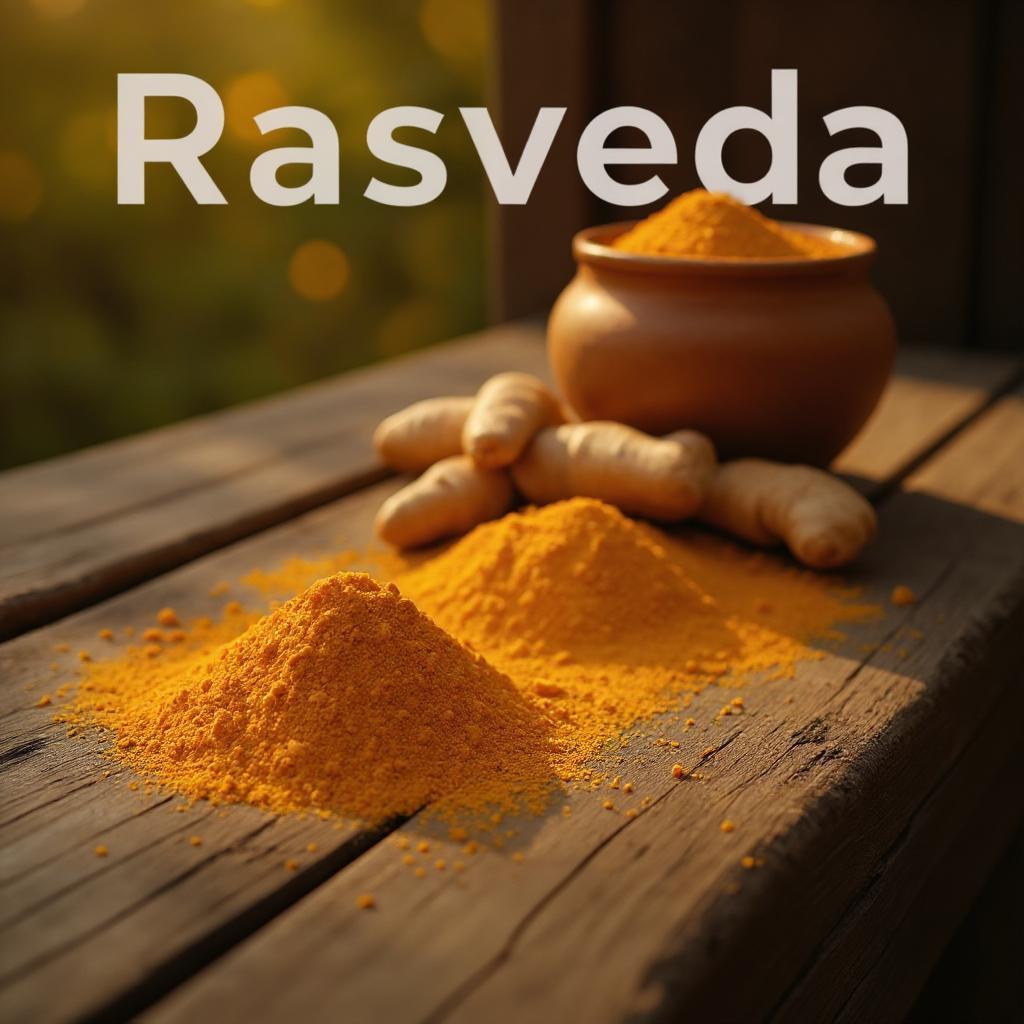
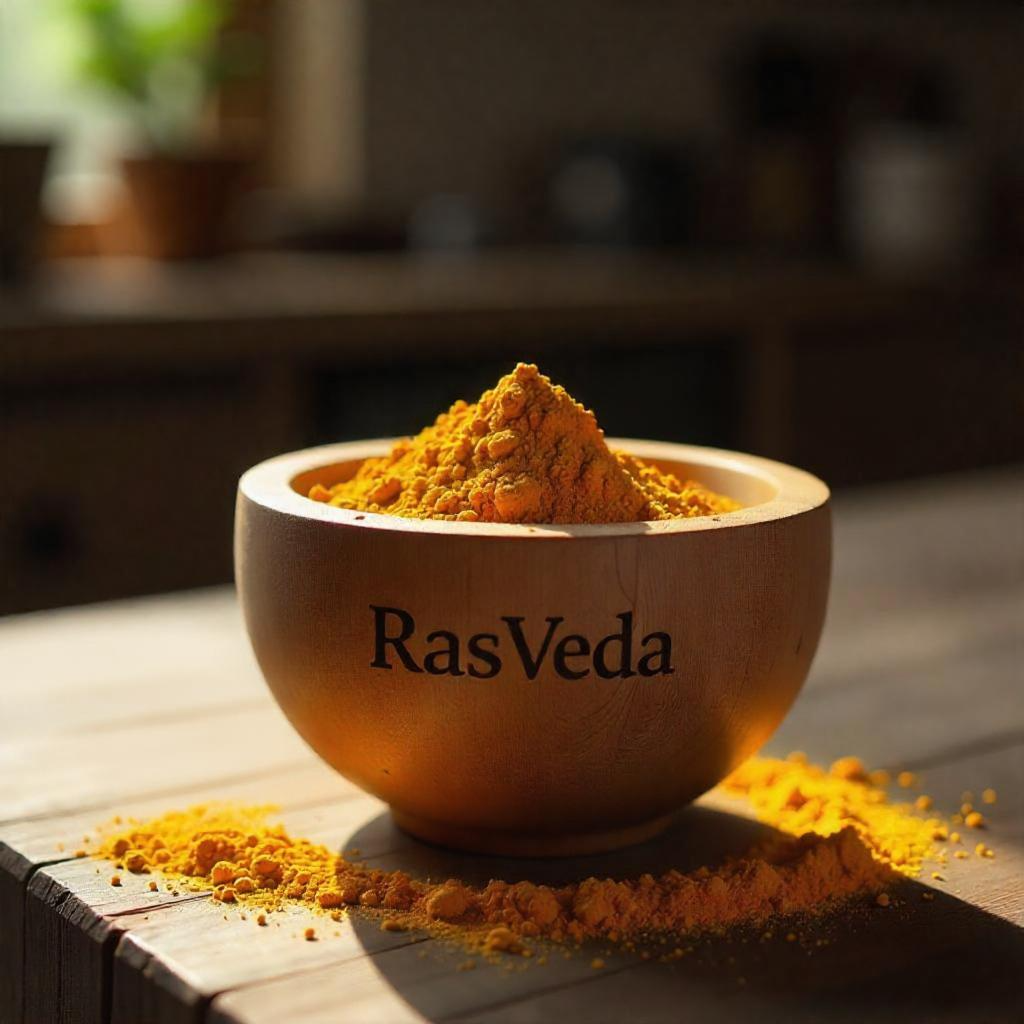
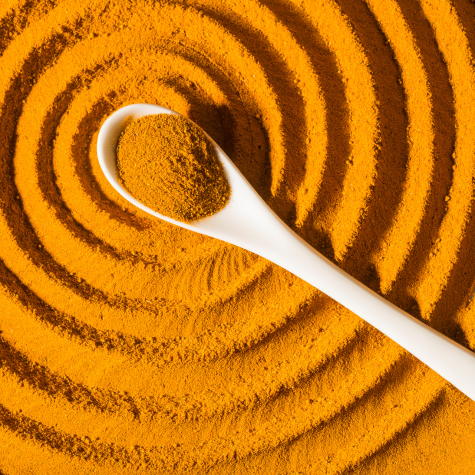
Coriander Powder
Coriander powder is a fragrant, light brown spice made by grinding dried coriander seeds, which come from the Coriandrum sativum plant. It has a mild, citrusy, and slightly sweet flavor that enhances the taste of a wide range of dishes, particularly in Indian, Middle Eastern, and Latin American cuisines. Often used in curries, soups, stews, and spice blends like garam masala, coriander powder adds depth and aroma to food. In traditional medicine, it is known for aiding digestion, reducing bloating, and having anti-inflammatory properties. Its versatility and health benefits make it a staple in many kitchens around the world.
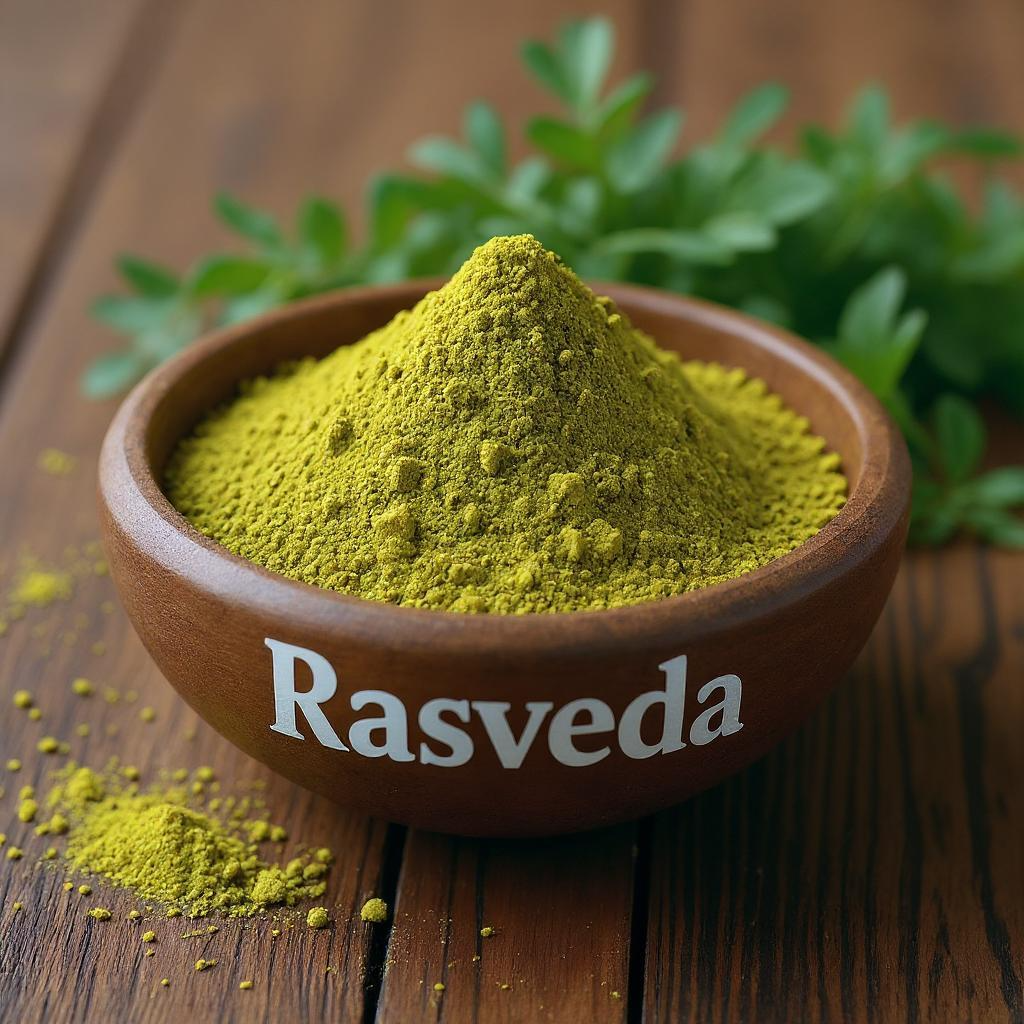
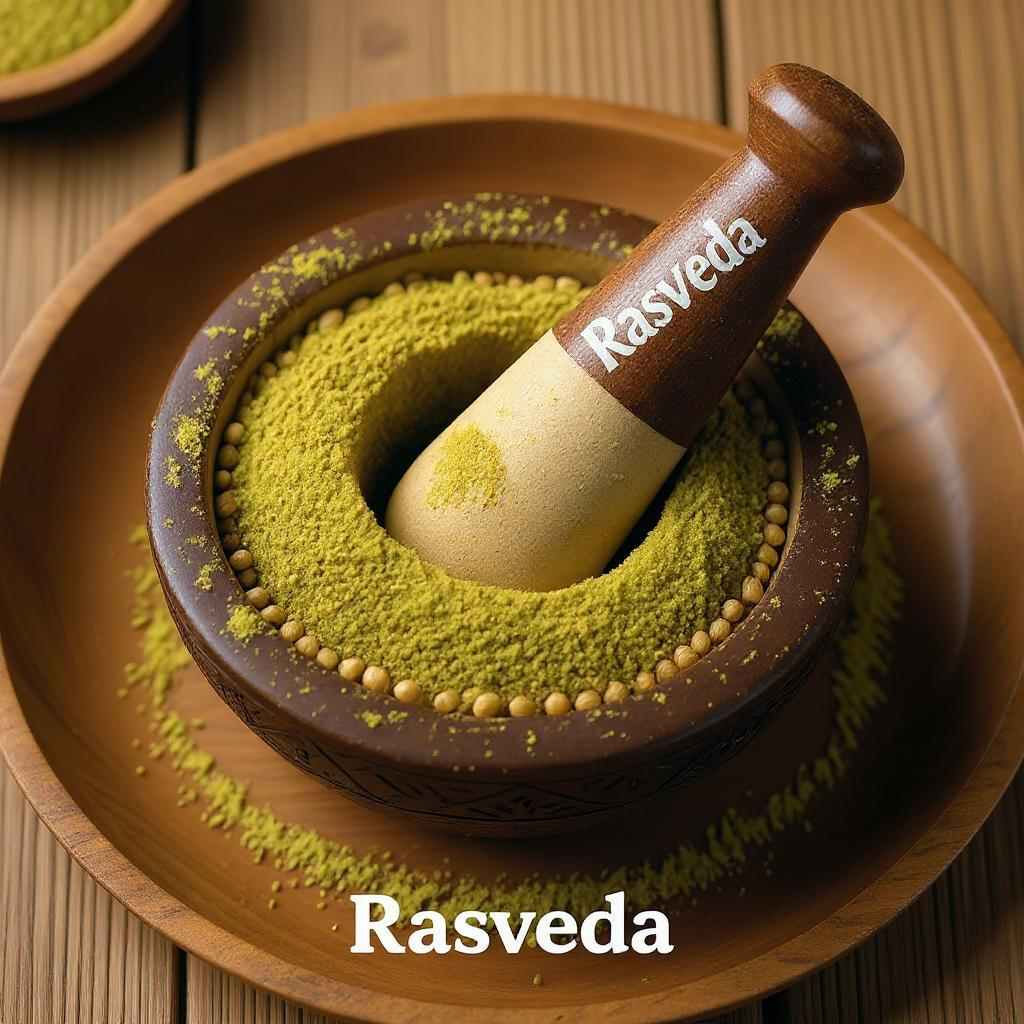
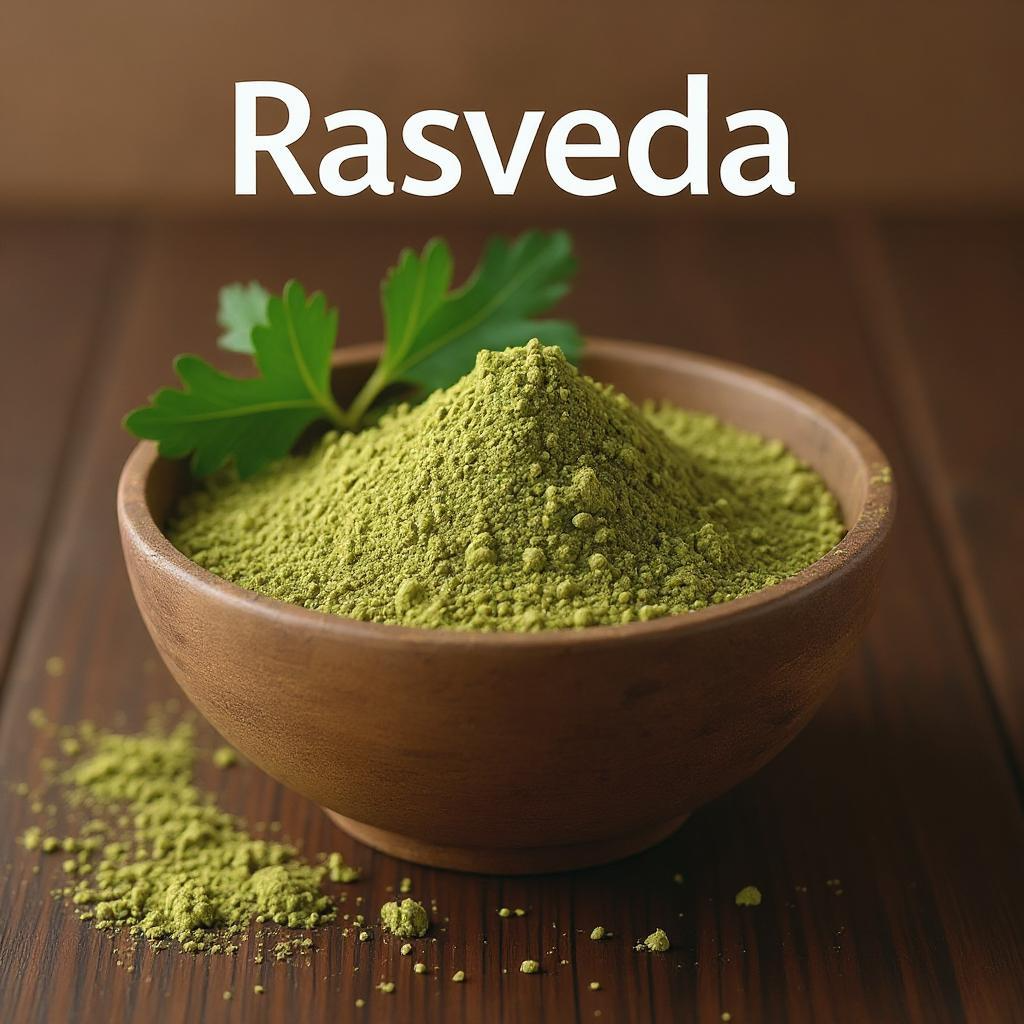
Cumin Powder
Cumin powder is a warm, earthy spice made by grinding dried seeds of the Cuminum cyminum plant, commonly used in various global cuisines, especially Indian, Middle Eastern, and Mexican. It has a distinctive nutty, slightly peppery flavor and a strong, aromatic scent that enhances the taste of curries, stews, rice dishes, and spice blends like curry powder and chili powder. Rich in iron and known for its digestive properties, cumin powder is also used in traditional medicine to support metabolism and relieve bloating. Its bold flavor and health benefits make it an essential spice in many kitchens.
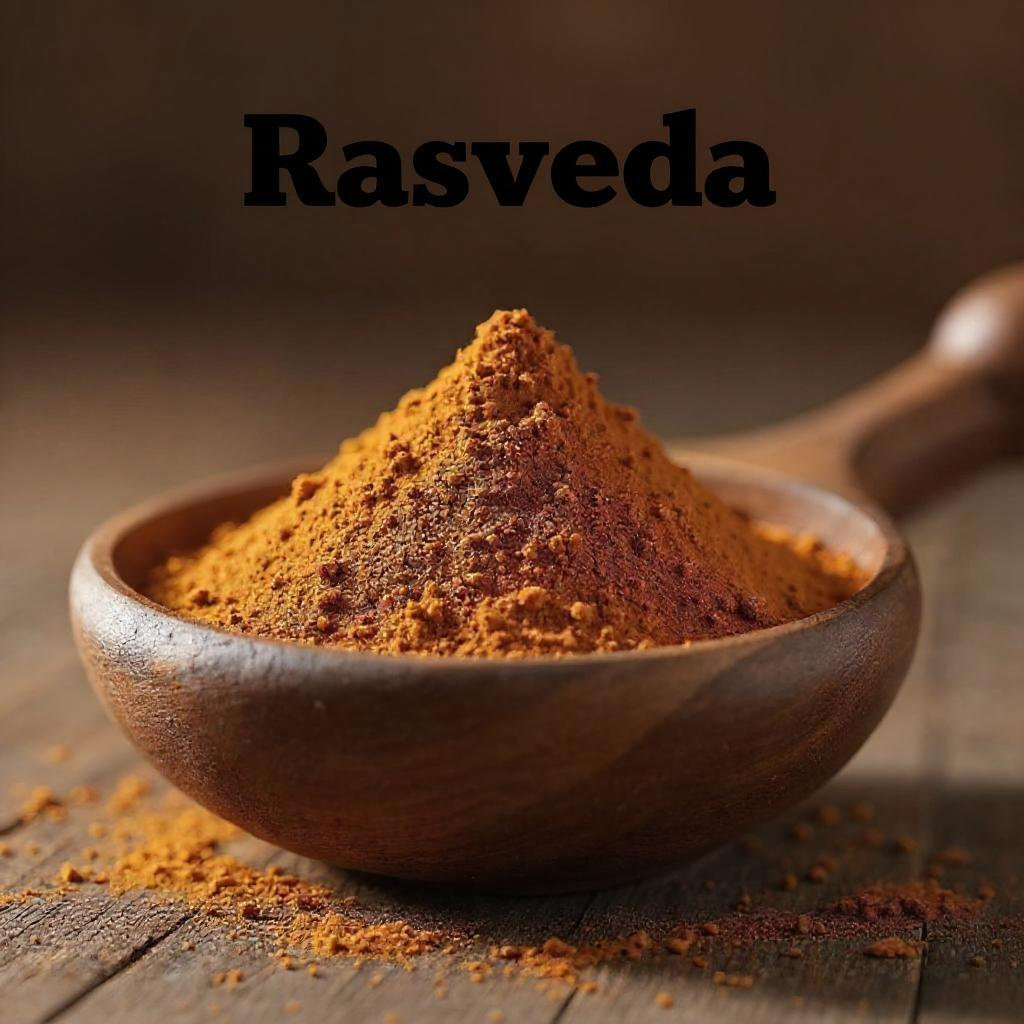


Chilli Powder
Chilli powder is a vibrant red spice made by grinding dried chili peppers, widely used to add heat, color, and flavor to a variety of dishes across global cuisines. It ranges in spiciness depending on the type of chili used, from mild to extremely hot, and is a key ingredient in Indian, Mexican, Thai, and South American cooking. Besides enhancing taste, chili powder is rich in vitamins A and C and contains capsaicin, a compound known for its metabolism-boosting and pain-relieving properties. Whether used in curries, marinades, or spice blends, chilly powder adds a bold kick and depth to culinary creations.
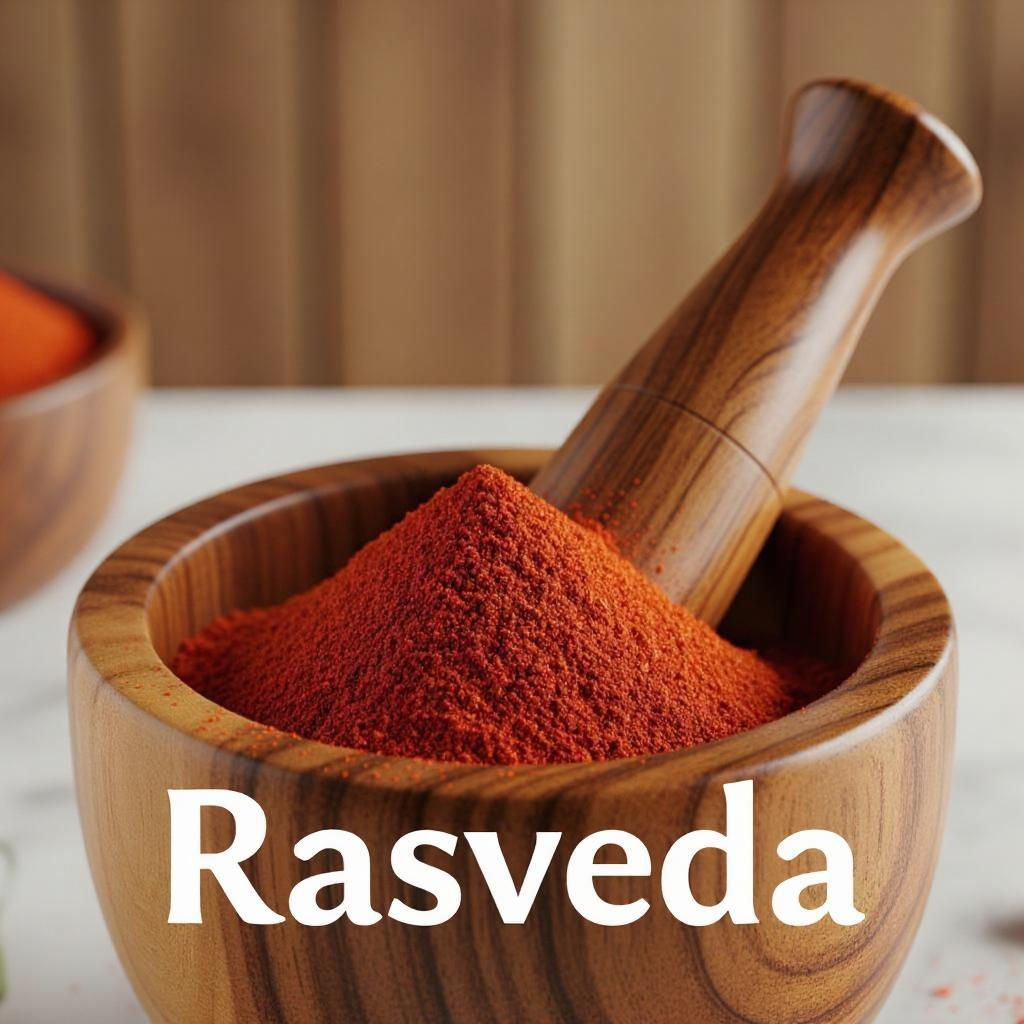
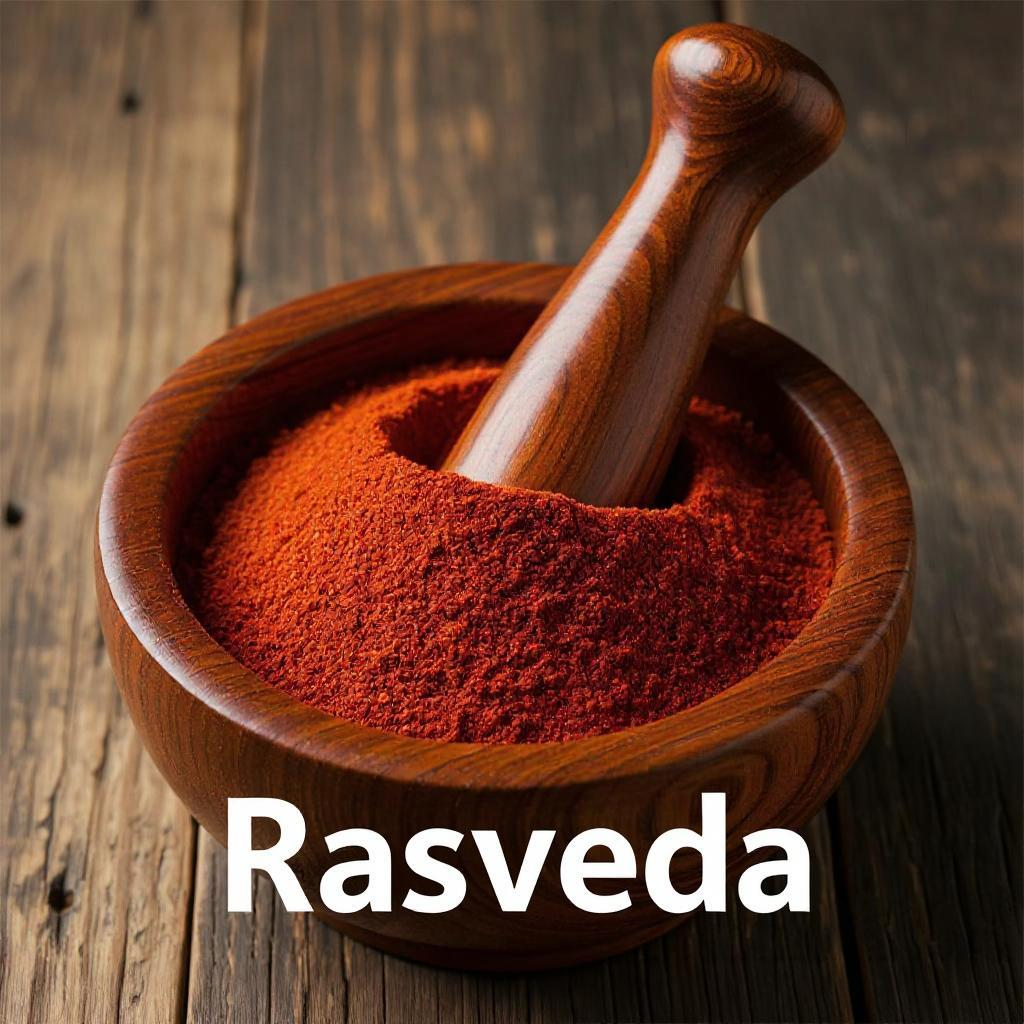

Ginger Powder
Ginger powder is a pale yellow, fine spice made by drying and grinding fresh ginger root (Zingiber officinale). It has a warm, spicy-sweet flavor and a strong aroma, commonly used in both savory and sweet dishes, including curries, soups, teas, baked goods, and spice blends. In traditional medicine systems like Ayurveda and Traditional Chinese Medicine, ginger powder is valued for its digestive, anti-inflammatory, and anti-nausea properties. It is often used to relieve colds, improve circulation, and ease stomach discomfort. Convenient and long-lasting, ginger powder is a versatile and healthful addition to any kitchen.
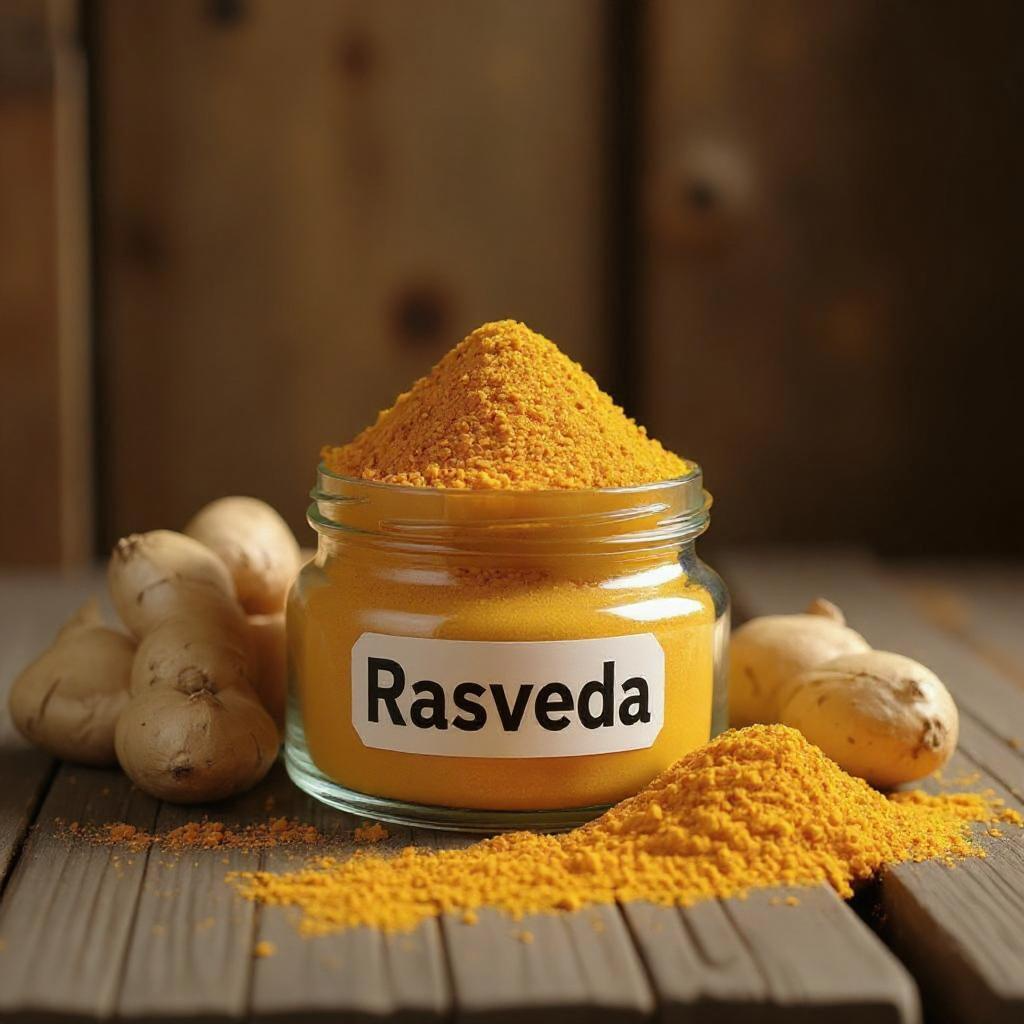


Onion Powder
Onion powder is a fine, off-white to light yellow spice made from dehydrated and ground onions. It offers a concentrated onion flavor that is both savory and slightly sweet, making it a convenient substitute for fresh onions in cooking. Commonly used in seasoning blends, soups, sauces, marinades, and dry rubs, onion powder enhances the taste of a wide variety of dishes without the texture or moisture of fresh onions. It is especially valued in packaged foods and spice mixes for its long shelf life and ease of use. Onion powder also contains small amounts of vitamins and antioxidants, contributing mildly to its health benefits.
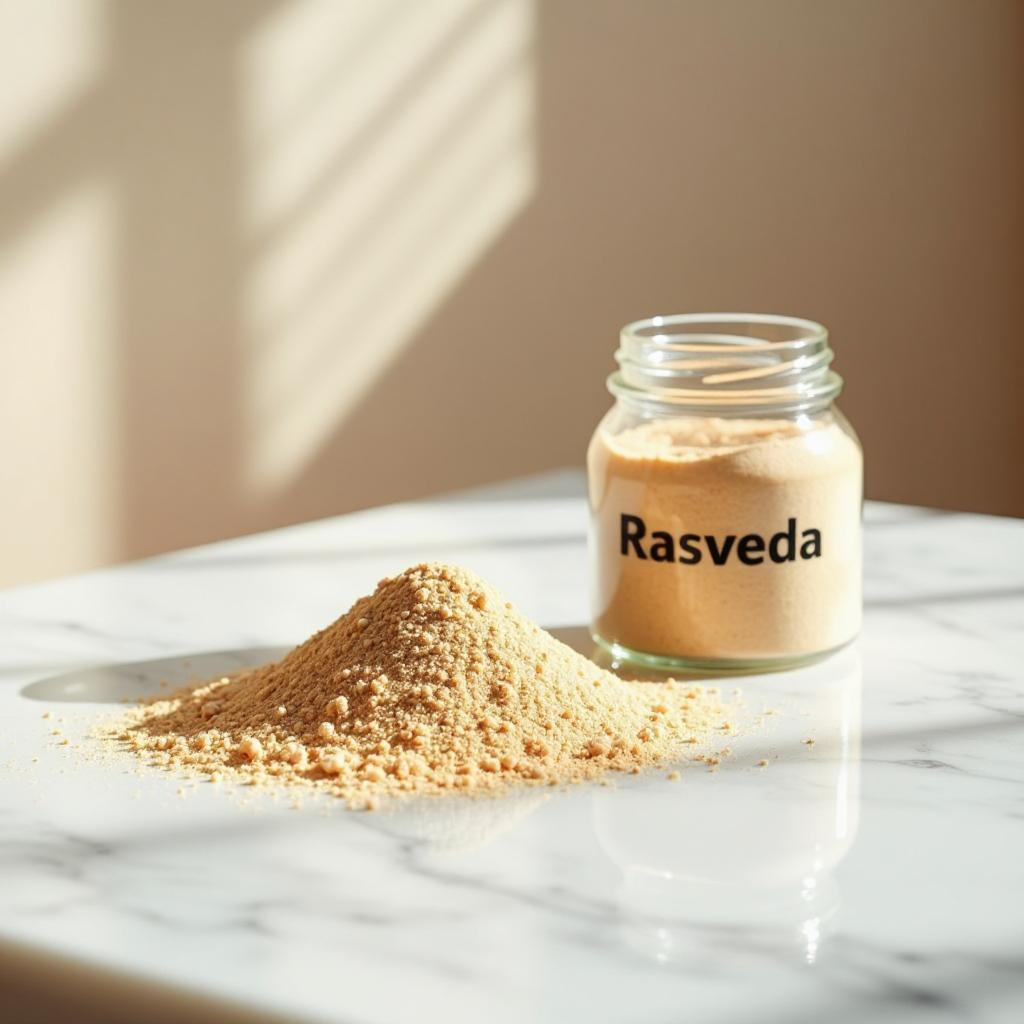
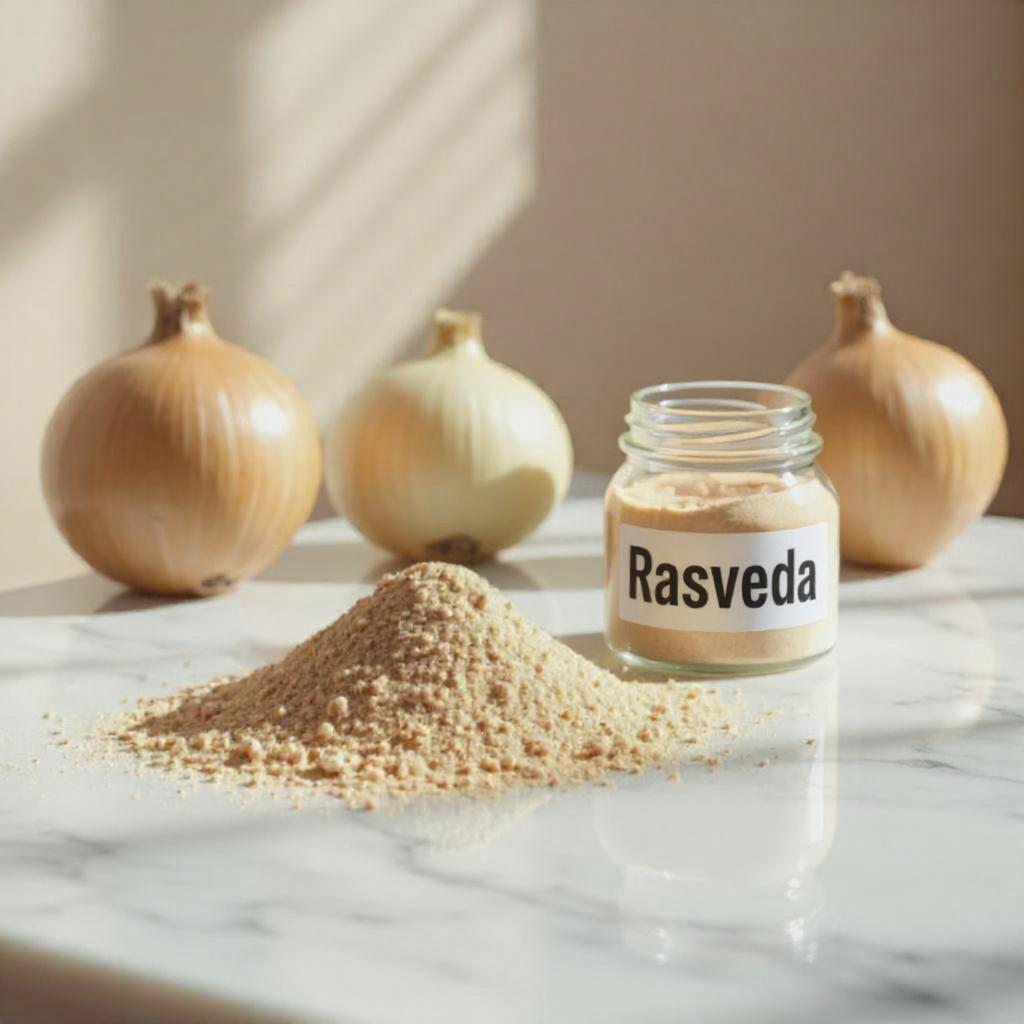
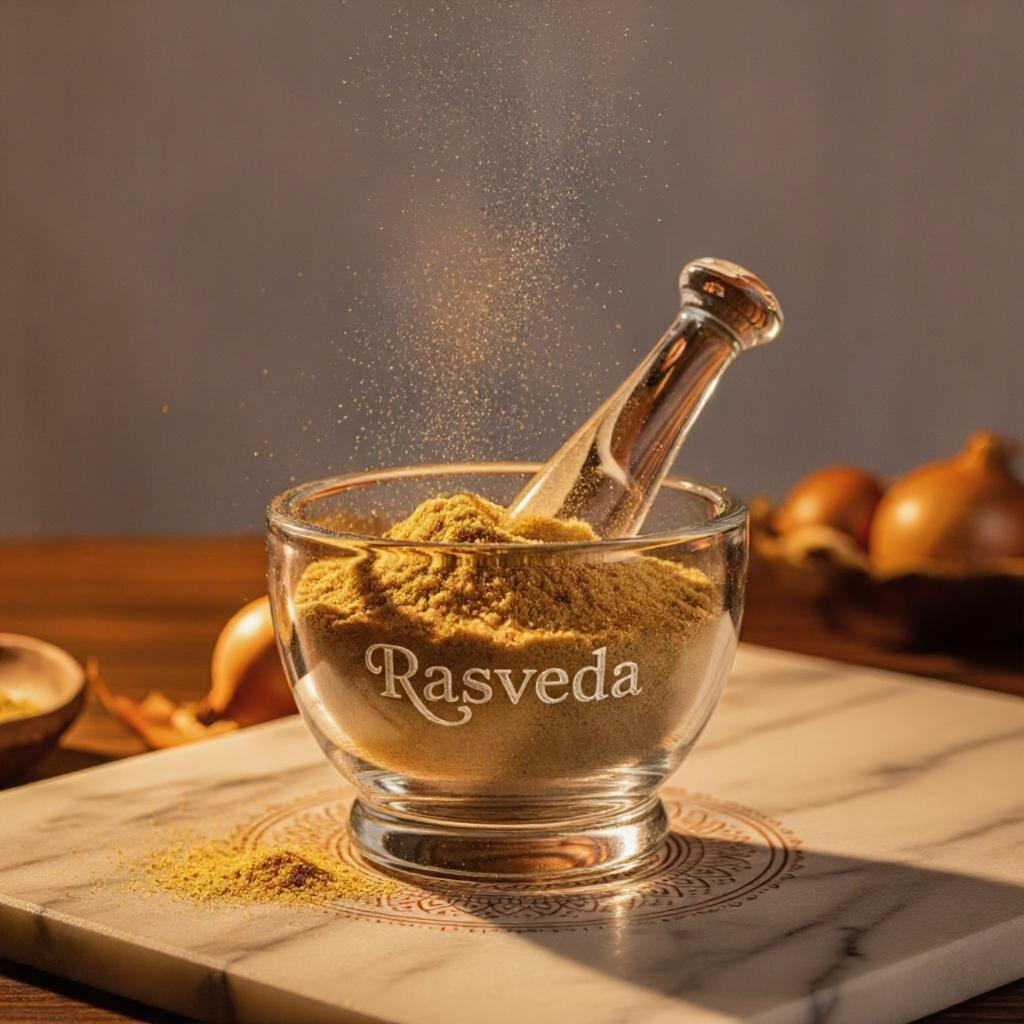
Cassia Powder (Cinnamon)
Cassia powder is a warm, aromatic spice made by grinding the bark of the cassia tree (cinnamon cassia), which is closely related to true cinnamon but has a stronger, more pungent flavor. It has a reddish-brown color and is widely used in baking, desserts, spice blends like garam masala and Chinese five-spice, as well as savory dishes. Cassia powder adds depth and warmth to both sweet and savory recipes. In traditional medicine, it is believed to aid digestion, regulate blood sugar, and improve circulation. Due to its bold flavor and affordability, cassia is often used as a substitute for or alongside true cinnamon in many culinary traditions.
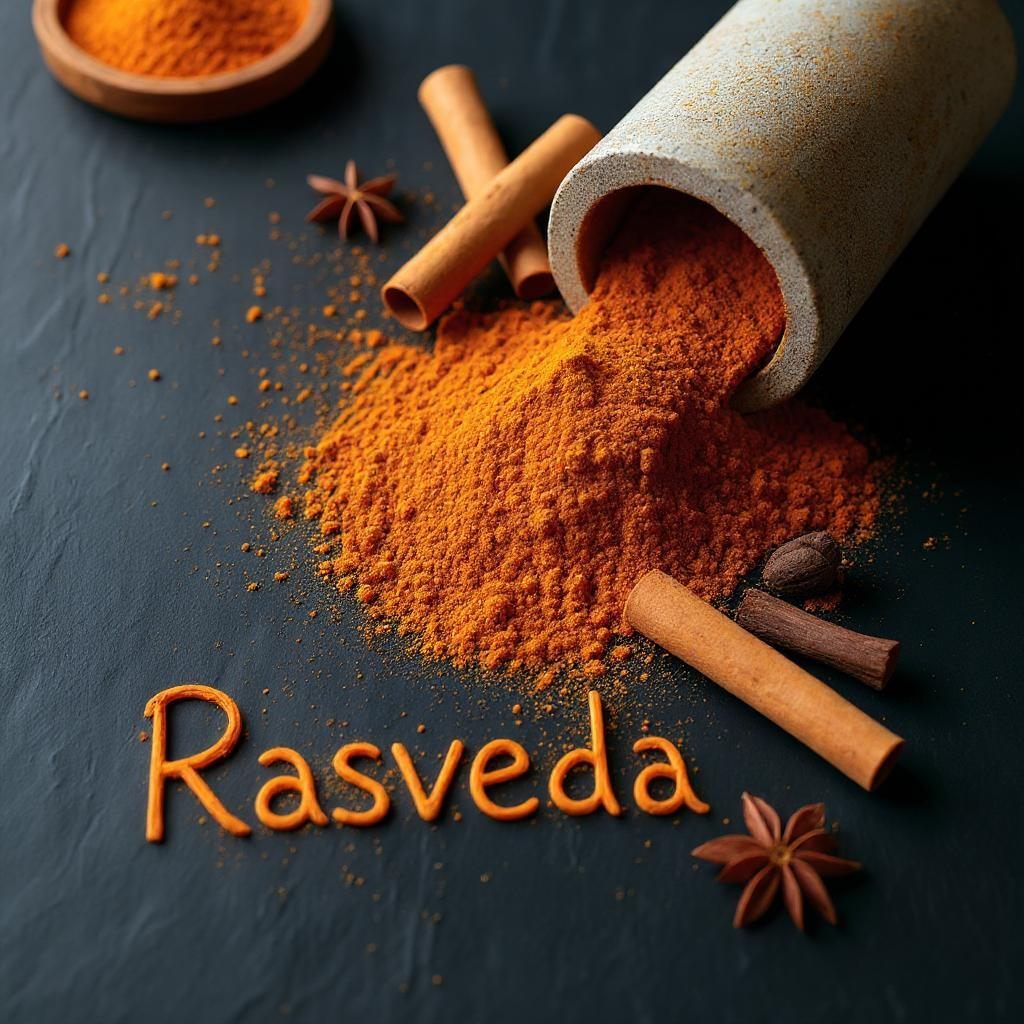


Fenugreek Powder
Fenugreek powder is a slightly bitter, aromatic spice made by grinding the seeds of the fenugreek plant (Trigonella foenum-graecum), commonly used in Indian, Middle Eastern, and North African cuisines. It has a unique flavor that is earthy, nutty, and slightly sweet, often compared to maple syrup. Fenugreek powder is a key ingredient in spice blends like curry powder and is used to enhance the taste of dals, pickles, and meat dishes. In traditional medicine, it is known for its potential to aid digestion, regulate blood sugar, and support lactation in nursing mothers. Its distinctive taste and health benefits make it a valuable addition to both culinary and herbal practices.
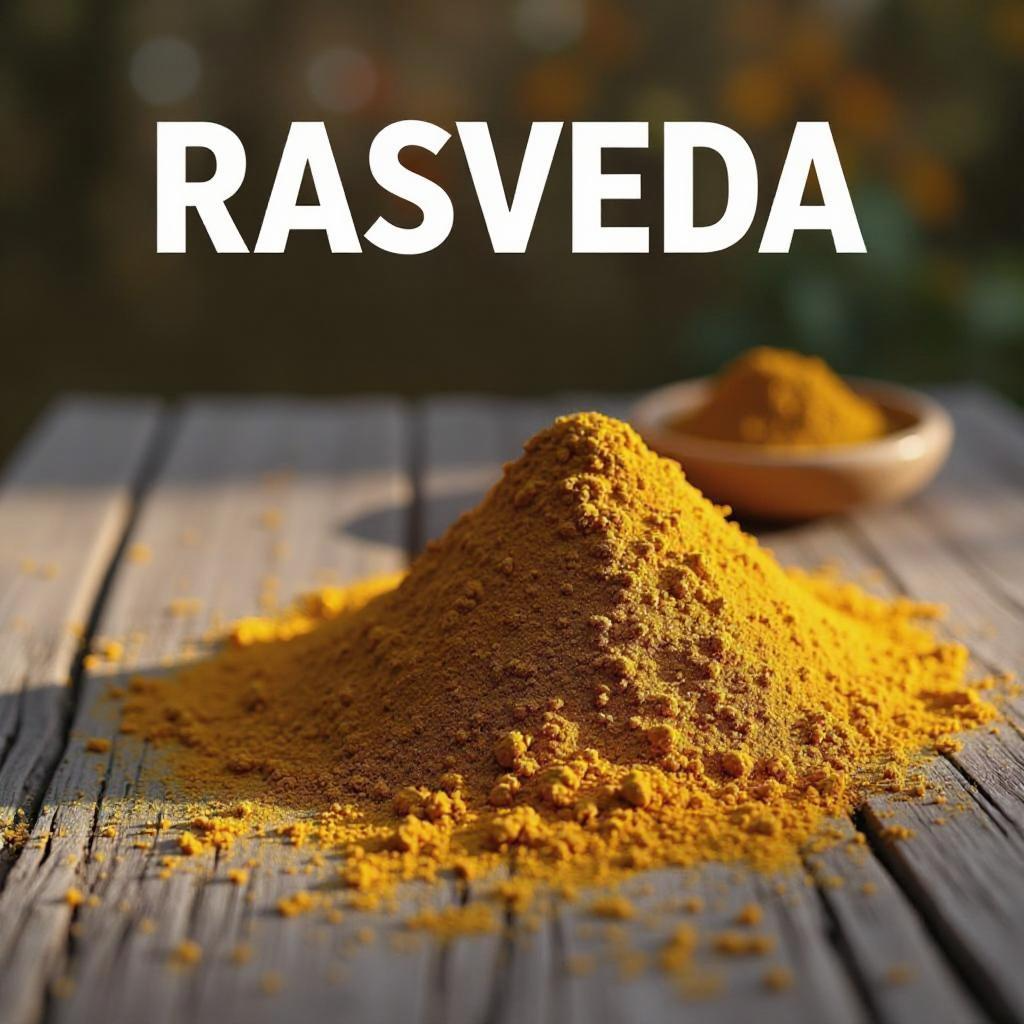
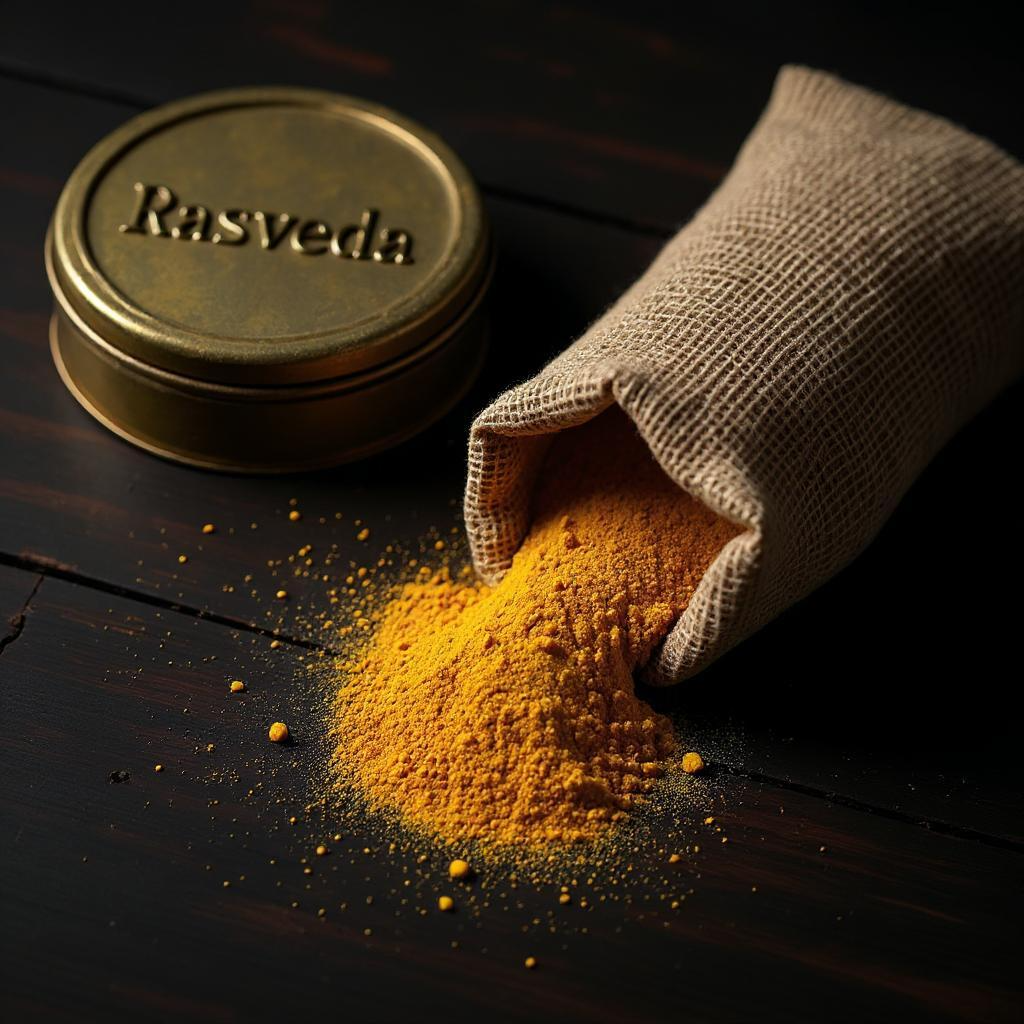

Fennel Powder
Fennel powder is a sweet, aromatic spice made by grinding dried fennel seeds from the Foeniculum vulgare plant. It has a warm, licorice-like flavor and a slightly sweet taste, commonly used in Indian, Middle Eastern, and Mediterranean cuisines. Fennel powder is often added to spice blends, curries, teas, baked goods, and digestive mixtures. In traditional medicine, it is valued for its digestive, anti-inflammatory, and carminative properties, helping to relieve bloating, gas, and indigestion. Its pleasant aroma and soothing qualities make fennel powder a flavorful and health-supportive spice in both cooking and natural remedies.
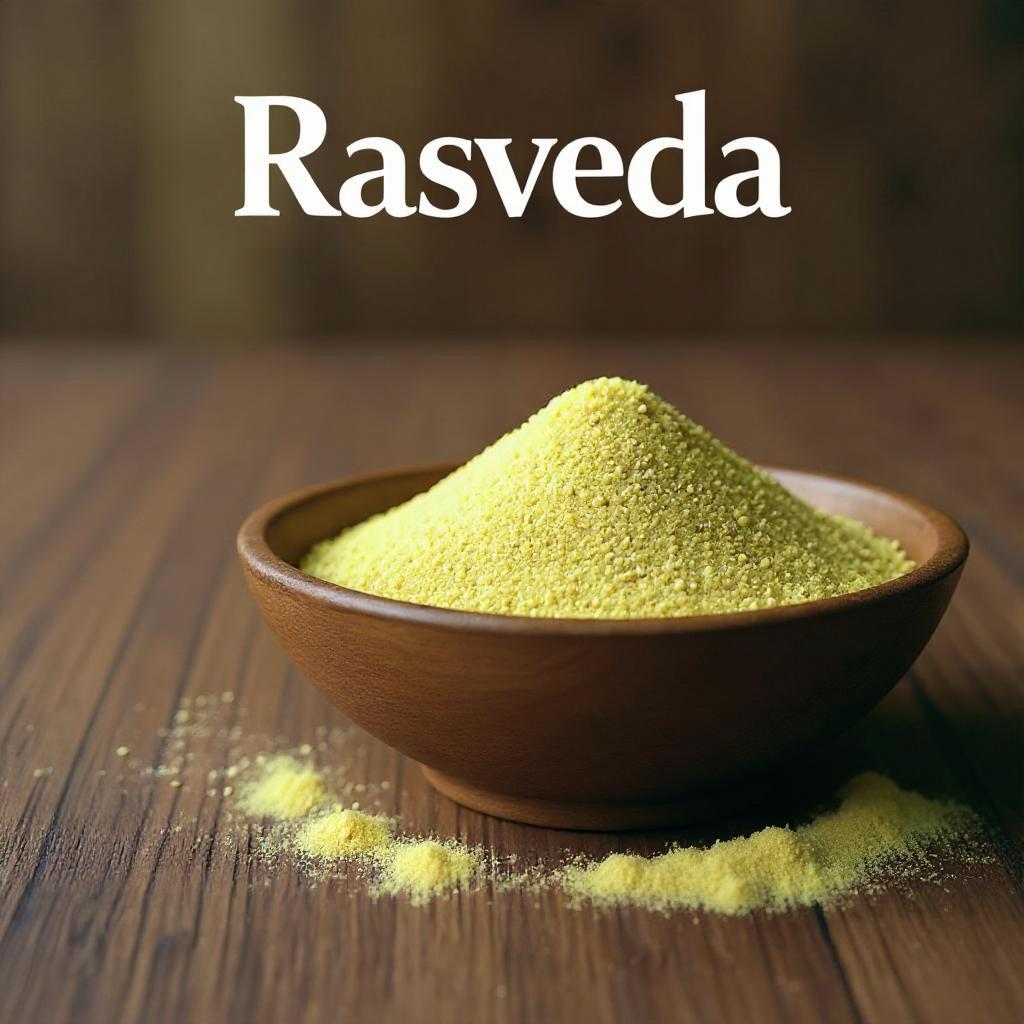


Clove Powder
Clove powder is a rich, aromatic spice made by grinding dried flower buds of the clove tree (Syzygium aromaticum). It has a strong, warm, and slightly sweet flavor with a hint of bitterness, making it a powerful addition to both sweet and savory dishes. Commonly used in spice blends like garam masala, as well as in baking, curries, marinades, and beverages like masala chai, clove powder adds depth and intensity to recipes. It is also prized in traditional medicine for its antibacterial, anti-inflammatory, and analgesic properties—especially for relieving toothaches and aiding digestion. Due to its potency, clove powder is typically used in small quantities.
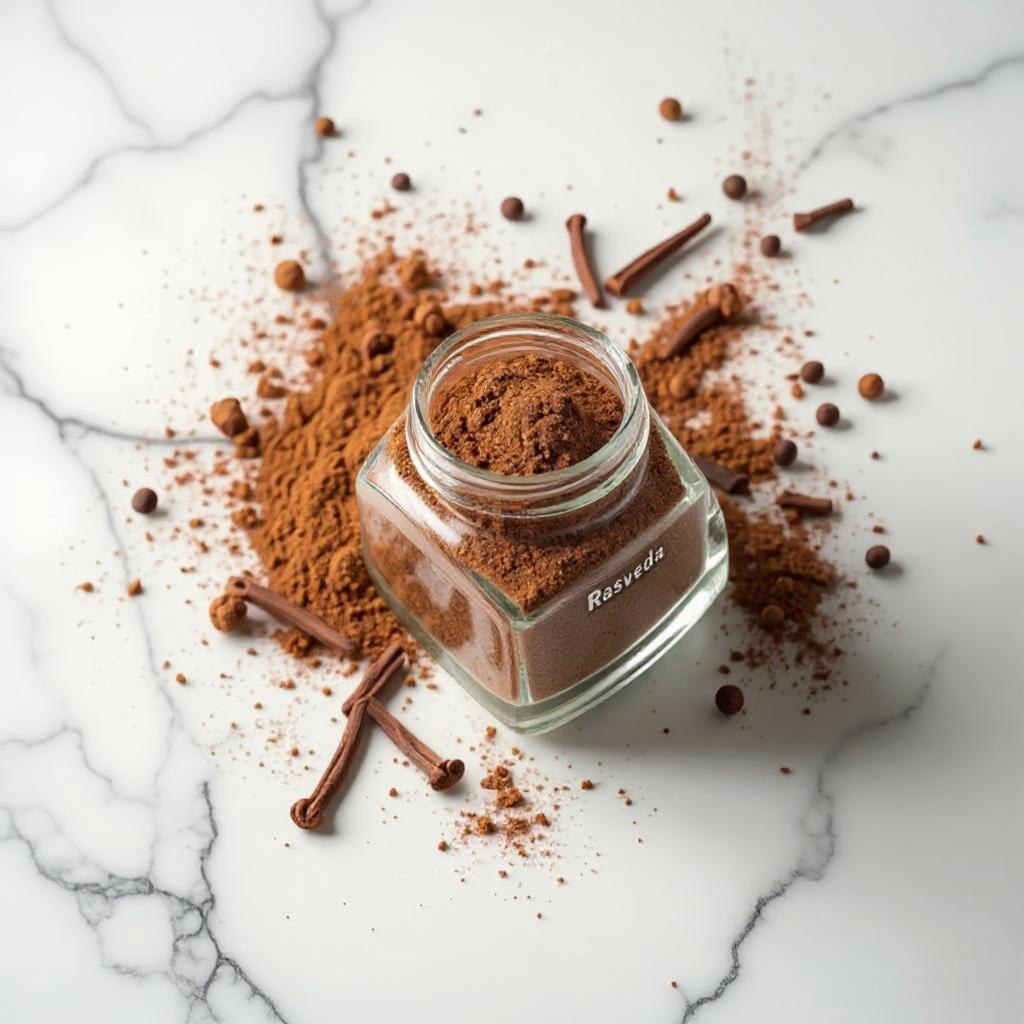
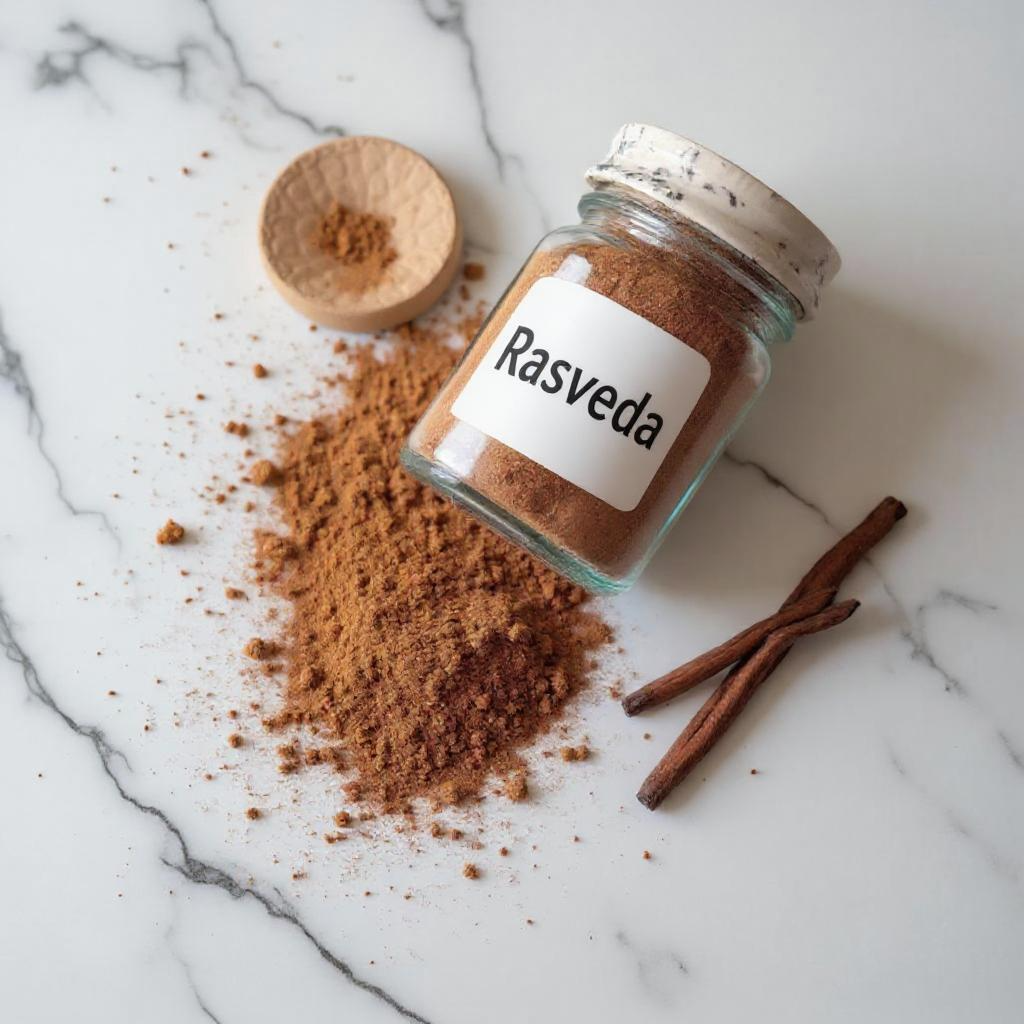

Cardamom Powder
Cardamom powder is a fragrant spice made by grinding the seeds of the cardamom pods, known for its sweet, floral, and slightly citrusy flavor. Often called the “queen of spices,” it is widely used in Indian, Middle Eastern, and Scandinavian cuisines to enhance both sweet and savory dishes, including desserts, teas, curries, and rice dishes. Cardamom powder adds a refreshing aroma and complex taste, making it a popular ingredient in spice blends like garam masala and chai masala. Beyond its culinary uses, it is valued in traditional medicine for aiding digestion, freshening breath, and possessing antioxidant properties.
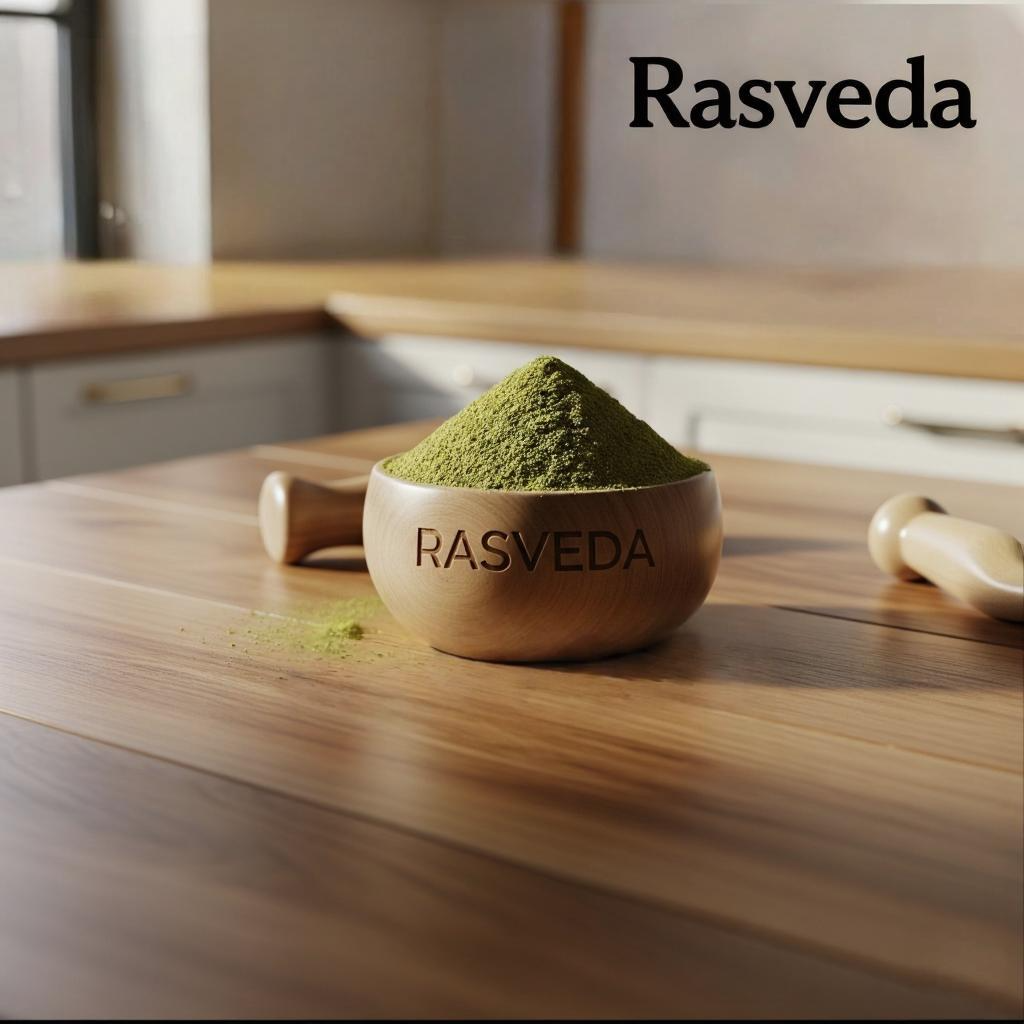


Chilli Flakes
Chilli flakes, also known as crushed red pepper, are made by drying and crushing various types of red chili peppers, typically cayenne or similar hot varieties. They have a sharp, pungent heat and a slightly smoky, fruity flavor that adds both spice and texture to a wide range of dishes. Commonly used in Italian, Asian, and Mexican cuisines, chilli flakes are sprinkled over pizzas, pasta, stir-fries, and marinades to give food a fiery kick. The intensity of the heat can vary depending on the type of chili used, and they also contain capsaicin—the compound responsible for their spiciness—which is known to boost metabolism and may have pain-relieving and anti-inflammatory properties.
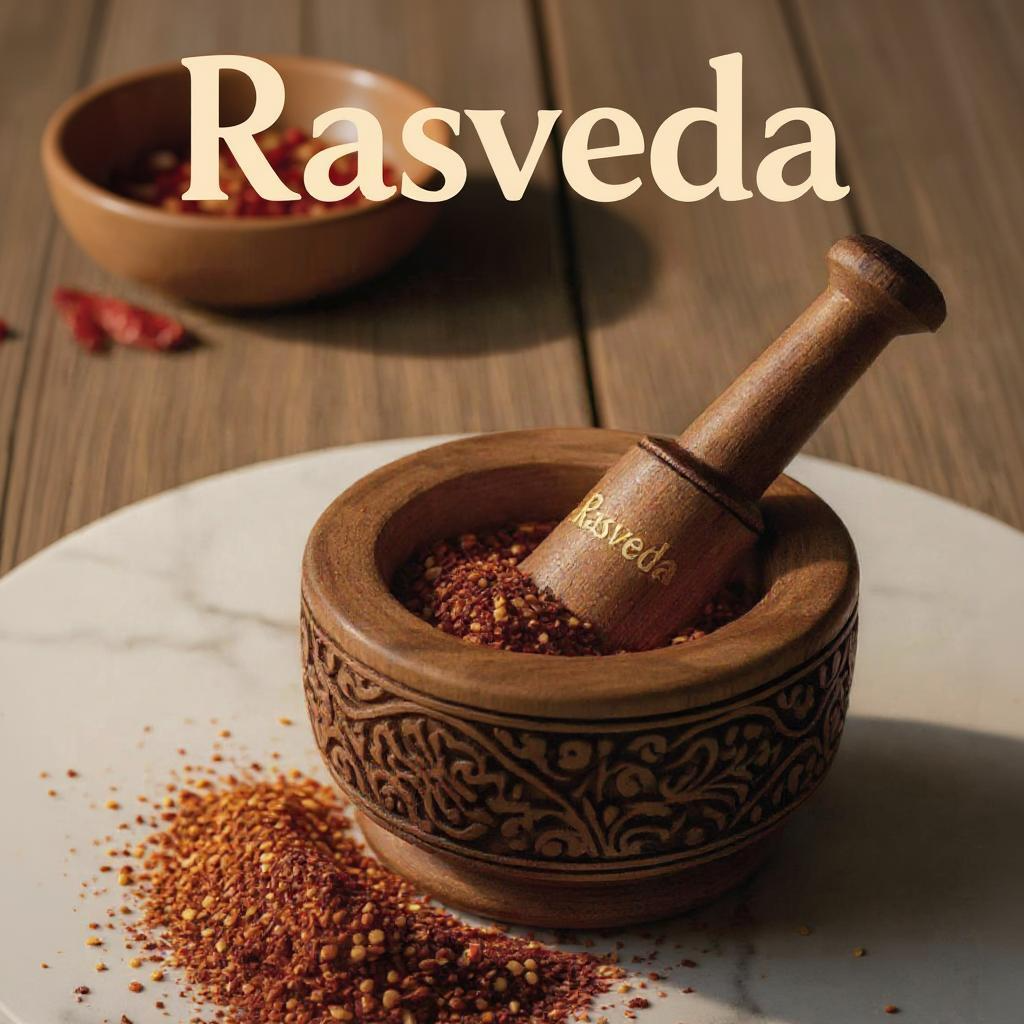


Black Pepper
Black pepper is one of the most widely used and oldest known spices in the world, made from the dried berries of the Piper nigrum plant. Harvested while still green and unripe, the berries are then dried until they shrivel and turn black. Black pepper has a sharp, earthy, and slightly pungent flavor that enhances both savory and some sweet dishes. It’s a staple in virtually every cuisine, used whole, cracked, or ground to add heat and depth. Beyond its culinary value, black pepper contains piperine, a compound believed to aid digestion and enhance the absorption of nutrients like curcumin from turmeric. Revered as the “king of spices,” black pepper has played a significant role in global trade and culinary history.
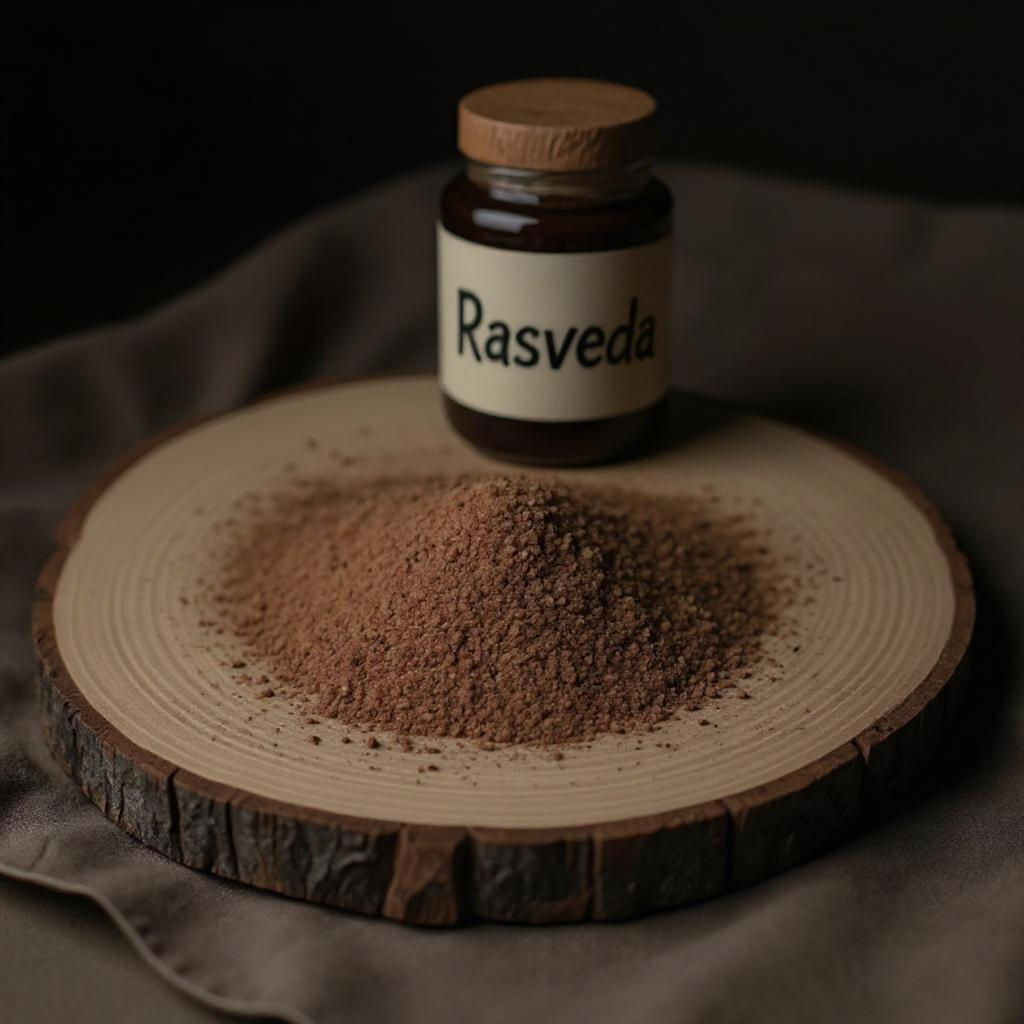


White Pepper
White pepper is a spice made from the ripe berries of the Piper nigrum plant, the same plant that produces black pepper. However, unlike black pepper, the outer dark skin of the berry is removed—usually by soaking the berries in water and then rubbing off the outer layer—leaving just the pale inner seed. This process gives white pepper a milder, more earthy and slightly fermented flavor compared to the bold pungency of black pepper. It’s commonly used in light-colored dishes like white sauces, soups, mashed potatoes, and Asian cuisine where dark flecks of black pepper are not desired. White pepper also contains piperine and may offer similar digestive and antioxidant benefits.
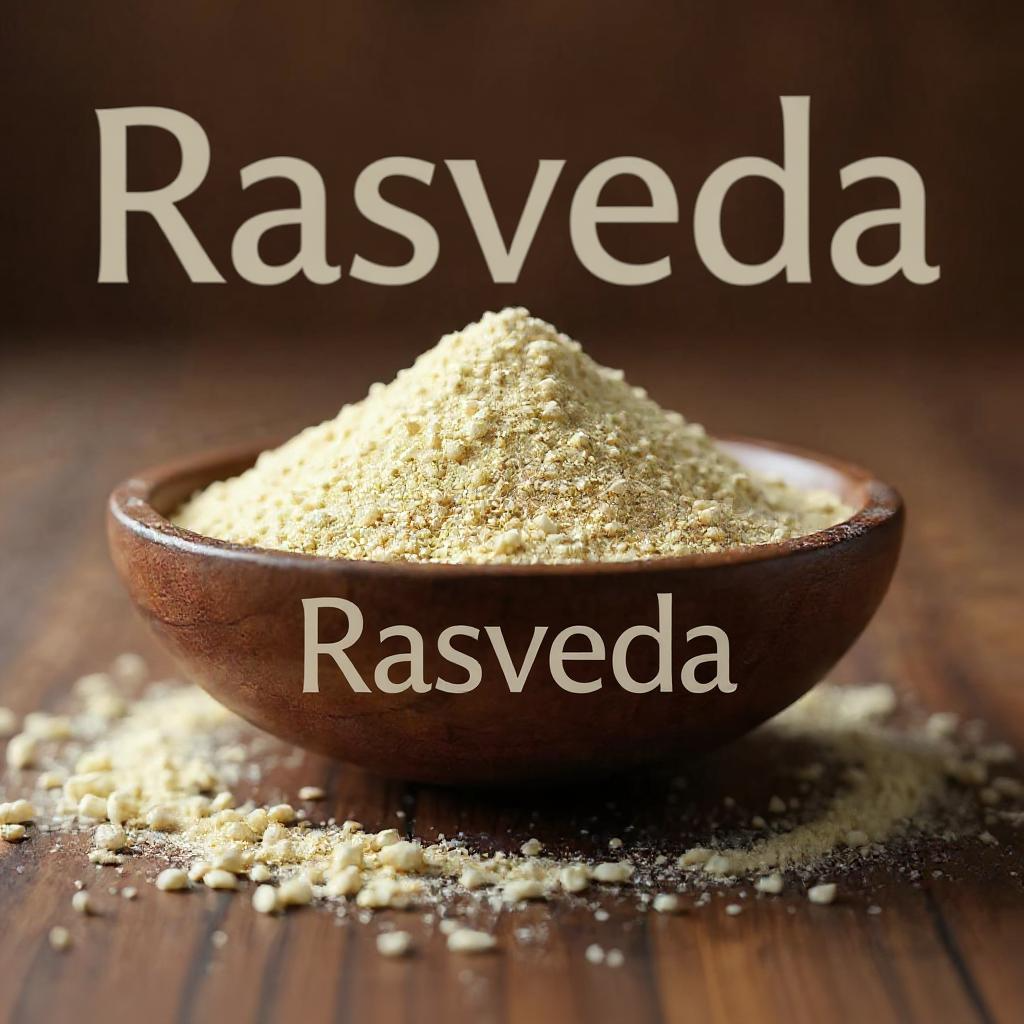


Garlic Powder
Garlic powder is a popular seasoning made from dehydrated garlic cloves that have been ground into a fine powder. It retains the strong, pungent flavor of fresh garlic but offers the convenience of a longer shelf life and easy use in cooking. Commonly used in spice blends, marinades, rubs, soups, and sauces, garlic powder adds depth and umami to a wide range of dishes. It also provides some of the health benefits of garlic, such as antibacterial and anti-inflammatory properties, though in lower concentrations. Garlic powder is a staple in kitchens around the world due to its versatility and ability to enhance flavor without the need for chopping or peeling fresh garlic.
